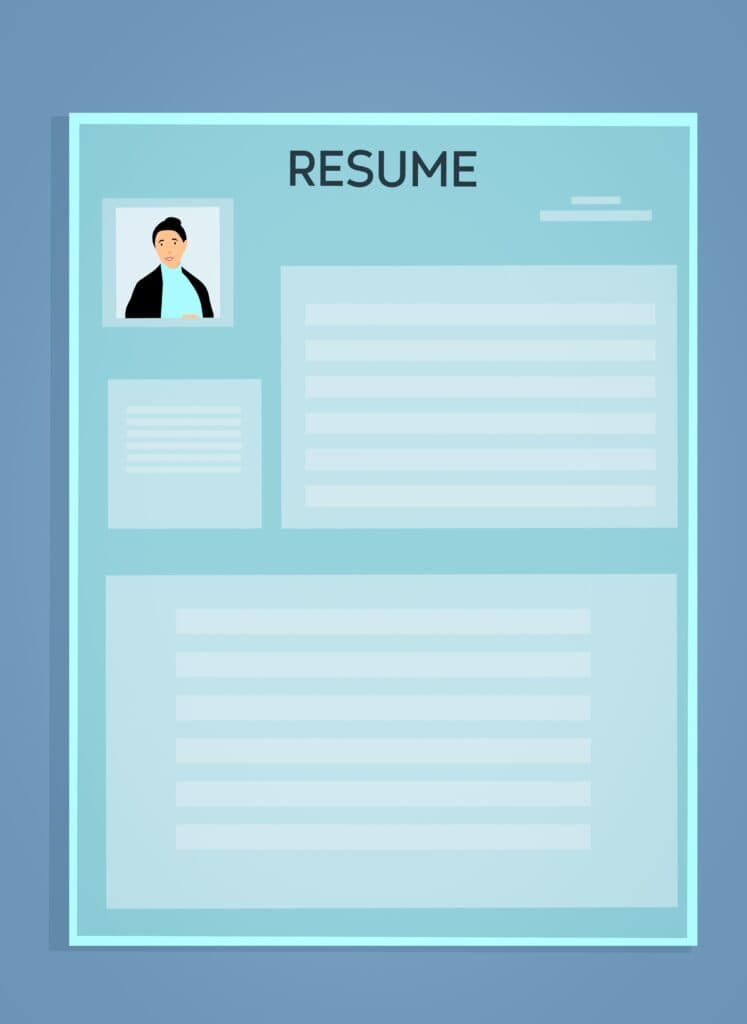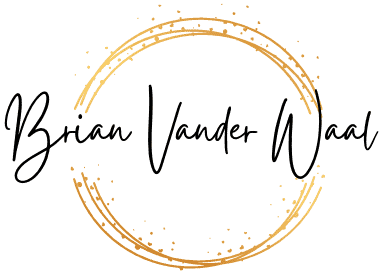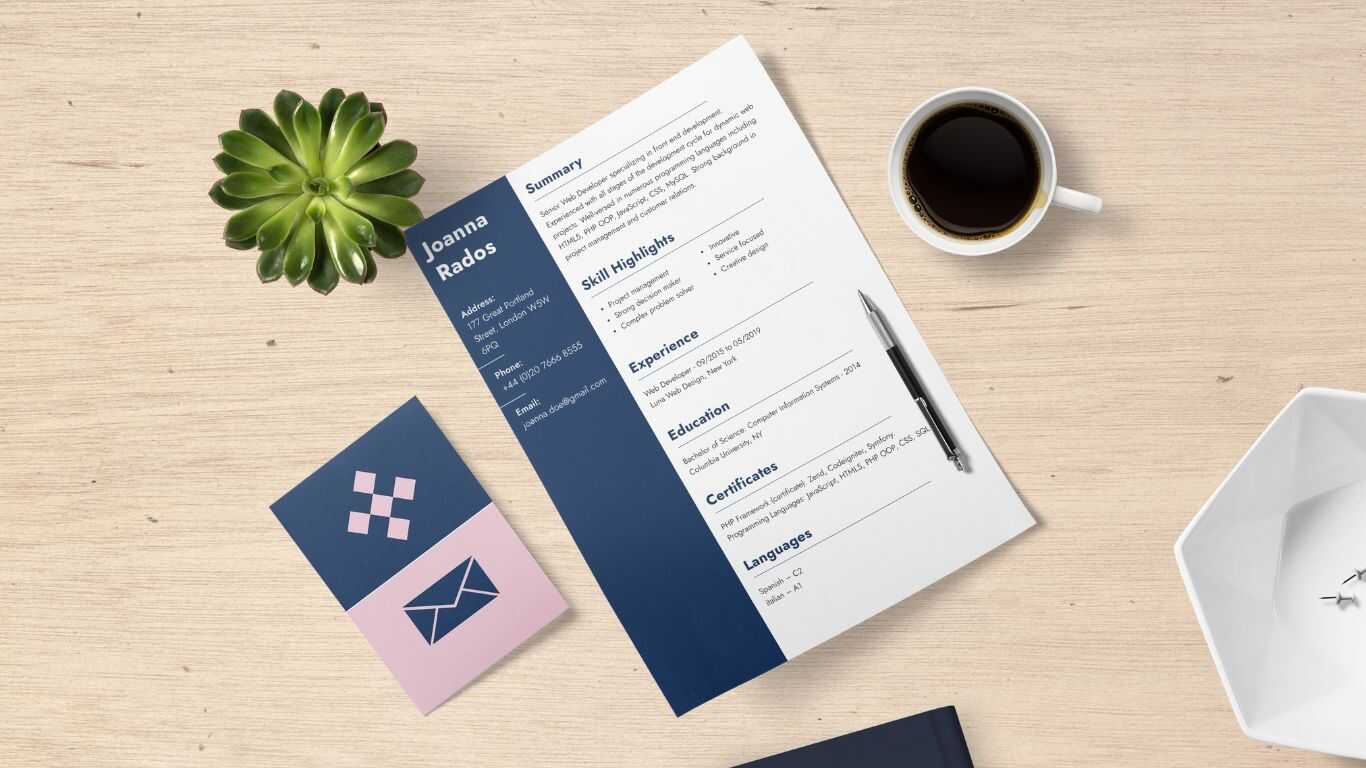Are you sending resumes to hundreds of employers and recruiters with little or no response? If this is your experience, you are not alone. Writing a resume, CV, and cover letter that will attract employers is a skill that many people struggle with. In today’s competitive job market, where studies show that recruiters spend only 7.4 seconds (on average) scanning a resume and applicant tracking systems (ATS) weed out about 75% of all job applications, finding the right tips for writing and formatting a resume is your fighting chance to stand out from the crowd. (Sources: theladders.com and zippia.com).
Imagine this: a hiring manager with hundreds of resumes on their desk. They only have a few seconds to decide which ones deserve a closer look. How can you make sure yours isn’t lost in the pile? The answer lies in writing a resume that compellingly showcases your skills and experience, grabs the recruiter’s attention, and convinces them you’re the perfect candidate.
This guide will give you 21 powerful tips for writing and formatting a resume that gets noticed. We’ll cover everything from highlighting your achievements with impactful action verbs to formatting for Applicant Tracking Systems (ATS) used by many companies. By the end, you’ll have the tools to create a resume that gets you that interview and lands you the job you deserve.
Key Takeaways:
- Keep it concise: Recruiters are busy! Aim for a 1-2 page resume or CV, highlighting only relevant skills and experience for the specific role.
- Tailor it right: Don’t use a generic resume. Adapt it for each job, showcasing relevant skills and achievements from the job description.
- Quantify your wins: Numbers speak volumes! Use numbers and percentages to showcase the impact you made in past roles.
- Action verbs are your friends: Replace weak verbs with powerful action verbs that demonstrate your initiative and accomplishments.
- Keywords are key: Sprinkle relevant keywords from the job description throughout your resume to grab the attention of Applicant Tracking Systems (ATS) and recruiters.
- Readability matters: Use a clean, simple format with clear fonts, proper spacing, and bullet points for easy scanning.
- Proofread like a pro: Typos and grammatical errors are resume killers. Proofread meticulously and consider using Grammarly for extra polish.
What are the Top Tips for Writing and Formatting a Resume?
1. Your Resume Should be 1-2 Pages Long
- Your resume should be one page long, but it could be up to two pages long, depending on years of experience. This rule applies particularly in the USA and Canada.
- In the UK, Ireland, Europe, and New Zealand, a CV (a.k.a. a resume in North America) could be two pages long and occasionally longer, depending on years of experience.
2. Keep Your Resume Concise and to the Point
- When it comes to resume writing, brevity is critical.
- Keep your resume concise and to the point by including only relevant information that aligns with the job you’re applying for.
- Avoid lengthy paragraphs and instead use bullet points to list your qualifications and achievements. This will make your resume more straightforward and organized.
- A succinct resume is more likely to attract the attention of recruiters, who typically spend only a few seconds scanning each document.
3. Tailor Your Resume to the Role.
- Do not use the same resume for each role you apply for.
- Rather, examine the job description and tailor your resume or CV to highlight your relevant skills, experiences, qualifications, and knowledge.
- Further, leave off all irrelevant work experience, skills, and achievements.
- Finally, if you have yet to gain experience directly related to the job duties, focus on your transferable skills.
By tailoring your resume, you demonstrate to the hiring manager that you are a strong fit for the role, the company culture and have taken the time to understand the company’s needs.
4. Include a Brief Personal Profile or Objective at the Top of Your Resume.
- Your personal profile should summarize your key skills and achievements, enticing the recruiting manager to read more.
- Instead of using generic keywords in your personal profile, such as enthusiastic, hardworking, creative, and good communicator, make an impact with your brief space by highlighting your achievements.
5. Focus on Your Quantifiable Achievements in Your Previous Jobs Rather than Your Job Responsibilities.
- Quantifying your accomplishments on your resume or CV can significantly enhance its effectiveness, because it helps recruiters visualize your contributions. As a result, you will make a compelling case for your candidacy.
- Quantifying your achievements with numbers or percentages can demonstrate an impact in previous roles. It also provides concrete evidence of your accomplishments, helping hiring managers gauge your performance.
- Instead of vague statements like “increased sales,” specify the extent of your success, such as “boosted sales by 30% in Q2.”
- Quantifying accomplishments in different sections of your resume, such as the work experience and skills section, is essential.
- Simply listing your job responsibilities is not helpful because it does not prove that you succeeded in the role or achieved results.
6. Incorporate Keywords on Your Resume
- You should incorporate keywords from the job description, your company research, and those relevant to the industry or field on your resume because this will help it to stand out.
- Incorporating industry-specific terms and skills can also assist your resume in passing through applicant tracking systems (ATS) and grab the attention of recruiting managers. Some companies scan resumes for specific keywords.
- Further, by strategically incorporating relevant keywords throughout your resume, you align your qualifications with the job description and showcase your suitability for the role, boosting your chances of securing an interview.
7. Use Strong Action Verbs
- Strong action verbs to describe your work experience and achievements are essential when creating your resume.
- Opt for powerful verbs like “orchestrated,” “pioneered,” or “executed” to convey your impact effectively.
- Utilizing such verbs adds dynamism to your resume while also capturing the attention of hiring managers.
- Select specific action verbs that match the skills and experiences required for the job you’re applying for.
- Using varied and impactful action verbs can elevate the overall quality of your resume and make it more engaging for recruiters.
8. Avoid Cliches and Jargon on Your Resume
- Steer clear of cliches and industry-specific jargon because they may cloud your message and fail to communicate your value effectively.
- Instead, opt for clear, straightforward language compellingly articulating your skills and experiences.
- Further, avoid overused phrases like “team player” or “detail-oriented” and focus on describing your unique strengths and accomplishments.
9. Use a Clean, Simple, and Readable Format.
- One of my top formatting tips is to ensure you use a clean, simple, and readable format because you want to make it as easy as possible for both humans and apps to read.
- Firstly, some fancy templates display poorly on devices like phones.
- Secondly, applicant tracking systems (ATS) prefer simple formatting and color, as they often are not able to scan resumes with fancy formatting.
- Thirdly, many people believe that a fancy format will impress recruiters. However, unless you are applying for a role in the creative sector, most hiring managers prefer:
- A white background
- A font size between 10 and 12 points to ensure clarity
- Black font
- Plenty of white space
- Left aligned content
- A readable font such as Calibri, Arial, Helvetica, Times New Roman, or Cambria (Avoid decorative fonts that may distract from your content).
- A consistent font throughout your resume for a polished look
- Bold font to highlight key text such as job titles and names of degrees.
- Italics and underlining can be used where appropriate to make key text stand out and make the document easier to read.
10. Maintain Consistency in Your Resume Format
- Consistency in resume formatting is crucial to creating a professional and polished document.
- Ensure that the font, font size, spacing, margins, alignment, and style remain uniform throughout your resume to maintain a cohesive look.
- Maintaining uniformity when you format your resume creates a visually appealing and easy-to-read document.

11. Use Bullet Points For Easy Scanning
- Use bullet points to organize information in a concise and easy-to-read format because they guide the reader’s attention to essential details, ultimately increasing the chances of your resume standing out.
- Bullet points can assist the recruiting manager to quickly scan through your qualifications and work experience, highlighting key points effectively.
12. Ensure Proper Use of White Space
- White space, or the empty spaces on your resume, will help to make sure your resume is easy to read and enhance the overall aesthetics.
- Adequate white space around text and sections can also improve visual clarity and make your resume more inviting to the reader.
- Further, white space helps to guide the reader’s focus on key information.
- As a result, you should avoid overcrowding the document with excessive information, as it can overwhelm the reader and hinder information absorption.
13. Divide Your Resume into Clear Sections, Using Appropriate Resume Section Titles
- The Resume Section Title (sometimes called Heading) should be two font sizes larger than your text (i.e., size 14 font).
- You can also set apart the Resume Section Titles by making them bold and underlining them.
- Resume Sections which you should include on your resume include:
- Resume Header (more info on this in the next point below)
- Personal Profile
- Skills / Competencies
- Work Experience
- Education History
- You may include additional headers, such as:
- Licenses and Certifications
- Languages and Proficiency
- Awards and Achievements
- Courses / Additional Training
14. Include a Professional-looking Header
- A crucial element of a well-formatted resume is a professional-looking header that includes your name, contact information, and job title.
- The header should stand out at the top of the document and provide essential details for the recruiter.
- Ensure that your header is clear, concise, and visually appealing.
- Using a standard font size and style for your name and contact information can enhance the readability of your resume and create a positive first impression.
15. Use a Professional Email Address
- You should set up a professional email address, which you can use on your resume or CV, and which includes your name or initials.
- Avoid using a quirky or unprofessional email handle since it can give potential employers a negative impression.
16. Resume Margins Should Ideally Be About One Inch On All Sides
- If you need more space, reducing the margins to as low as half an inch can be acceptable, but you should never reduce them lower than that.
- Resumes with a margin of less than half an inch are hard to read, look overcrowded, and are generally unappealing.
- On the other hand, if your margin is larger than one inch, your resume will look bare, giving the impression you need more experience.
17. Utilize Online Resume-building Tools and a Resume Template
- Use online resume-building tools and templates (if helpful) to create a professional and visually appealing resume.
- These tools and resources offer customizable layouts and design options to help you craft a standout resume easily.
- Select a resume template that matches both your industry and personal style.
- If you are uncertain whether you should use an AI Resume Builder to write and format your resume or CV, read Can AI Write My CV? Revealing the Truth!
18. Proofread Your Resume for Errors and Typos
- Before submitting your resume, thoroughly proofread it for any errors, typos, or grammatical mistakes.
- Many Recruiting Managers immediately discard resumes with spelling and grammar mistakes.
- I recommend you also use Grammarly to check your document. You can get free versions of Grammarly.
- You can also use the spelling and grammar check in Microsoft Word or Google Docs.
19. Seek feedback from peers or professionals
- Seek feedback on your resume from trusted peers or professionals in the industry.
- Constructive feedback can assist you in pinpointing what needs to be improved on your resume and enhance the overall effectiveness of your resume.
- Engage actively with Career Coaches, Career Advisers, or mentors to gain valuable insights into resume best practices and industry-specific trends. They guide you in tailoring your resume to meet hiring managers’ expectations.
- By seeking feedback from knowledgeable sources, you equip yourself with the necessary tools to refine your resume and increase its impact, ultimately boosting your likelihood of impressing prospective employers and securing employment opportunities.
20. Send your resume as a PDF
- Save the final version of your resume or CV in PDF format and keep an editable copy in Microsoft Word, Google Docs, or your favorite word-processing app.
- Send the PDF version of your resume or CV to the recruiting manager to ensure they can open it, but the formatting does not change.
21. Regularly Update and Revise Your Resume
- Regularly update and revise your resume to showcase your recent accomplishments and skills.
- Keeping your resume current also ensures you can seize fresh opportunities and advance your career.
Conclusion: Writing and Formatting a Resume
Mastering the art of writing and formatting a resume is essential for standing out in the competitive job market. With these 21 powerful tips, you can transform your resume from ordinary to extraordinary. They are your blueprint for crafting a professional resume that showcases your skills and experience, captures the hiring manager’s attention, and compels them to meet the talented individual behind the words. Don’t settle for a resume that blends in – take action today and transform yours into a powerful tool that secures interviews for the jobs you are seeking. Remember, your resume is your first impression – make it a lasting one!
Frequently Asked Questions (FAQs) – Writing and Formatting a Resume
What are the essential resume writing tips to create a great resume?
To create a professional resume, you must focus on formatting tips that enhance readability and highlight your achievements. Choose a clear font like Times New Roman and keep the font size between 10 and 12 points to make your resume easy to read. Use bullet points to list your work experience and relevant skills, tailoring the content of your resume to the job description you’re applying for. Including a concise cover letter can also help you stand out to the hiring manager.
How do I choose the best resume format?
There are three primary formats:
1. Chronological resume
2. Functional resume,
3. Combination resume.
A chronological resume outlines your work experience in reverse chronological order and is best when you have a strong work history.
A functional resume emphasizes your skills and is suitable if you’re changing careers or have gaps in employment.
A combination resume melds the two, which helps emphasize specific skills relevant to the position you’re applying for.
Your choice should depend on your work history and your target job.
Why is writing a resume so hard?
Writing a resume can be challenging for several reasons:
1. Marketing Yourself: You must present yourself in the best possible light without exaggeration or falsehoods. Finding the balance between showcasing your skills and achievements while remaining humble and honest can be tricky.
2. Tailoring and Customization: A one-size-fits-all approach doesn’t work with resumes. You need to tailor your resume for each job application, emphasizing different experiences and skills based on the job description. This can be time-consuming and demands a thorough understanding of the role you’re applying for.
3. Summarizing Experiences: Condensing years of work experience, skills, and achievements into a concise and compelling one or two-page document is challenging. Deciding what to include and what to leave out while still telling a coherent story of your professional journey requires strategic thinking.
4. Constant Updates and Changes: The job market and resume trends continuously evolve. Keeping your resume updated with current best practices in format, design, and content (including keywords for Applicant Tracking Systems) can be daunting, especially if you’re not regularly involved in job searching.
5. Overcoming Modesty: Many people struggle to “brag” about their accomplishments. Overcoming the tendency to downplay your achievements is necessary to make your resume stand out. This includes learning how to quantify your achievements and describe the impact of your work.
6. Formatting and Design: Ensuring your resume is easy to read, visually appealing, and professionally formatted can be difficult, especially for those not naturally inclined toward design. The visual layout is crucial because recruiters often scan each resume for only a few seconds.
7. Writing Skills: Excellent writing skills are required to articulate your experiences and achievements compellingly and clearly. Only some people have the writing skills to create an effective resume, making the process more challenging.
8. Understanding What Recruiters Want: Knowing what recruiters and hiring managers are looking for in your industry or specific role can be challenging, especially since these preferences can vary widely across different fields and companies.
9. Fear of Rejection: The pressure of knowing that your resume is your foot in the door and any mistake could lead to rejection adds to the stress of writing it, making the process feel more challenging.
10. Emotional Aspect: For some, updating a resume can be a reflective process that brings up insecurities about one’s career choices, progress, or gaps in employment. This can make starting the process emotionally difficult.
Because of these reasons and more, writing a resume can feel like a daunting task. However, with proper guidance, tools, and mindset, it can become an opportunity to reflect on your career strategically, clarify your professional goals, and position yourself effectively in the job market.
If you need help writing your resume or CV, contact me at https://brianvanderwaal.com/contact-us or hire a CV Writing Service.







